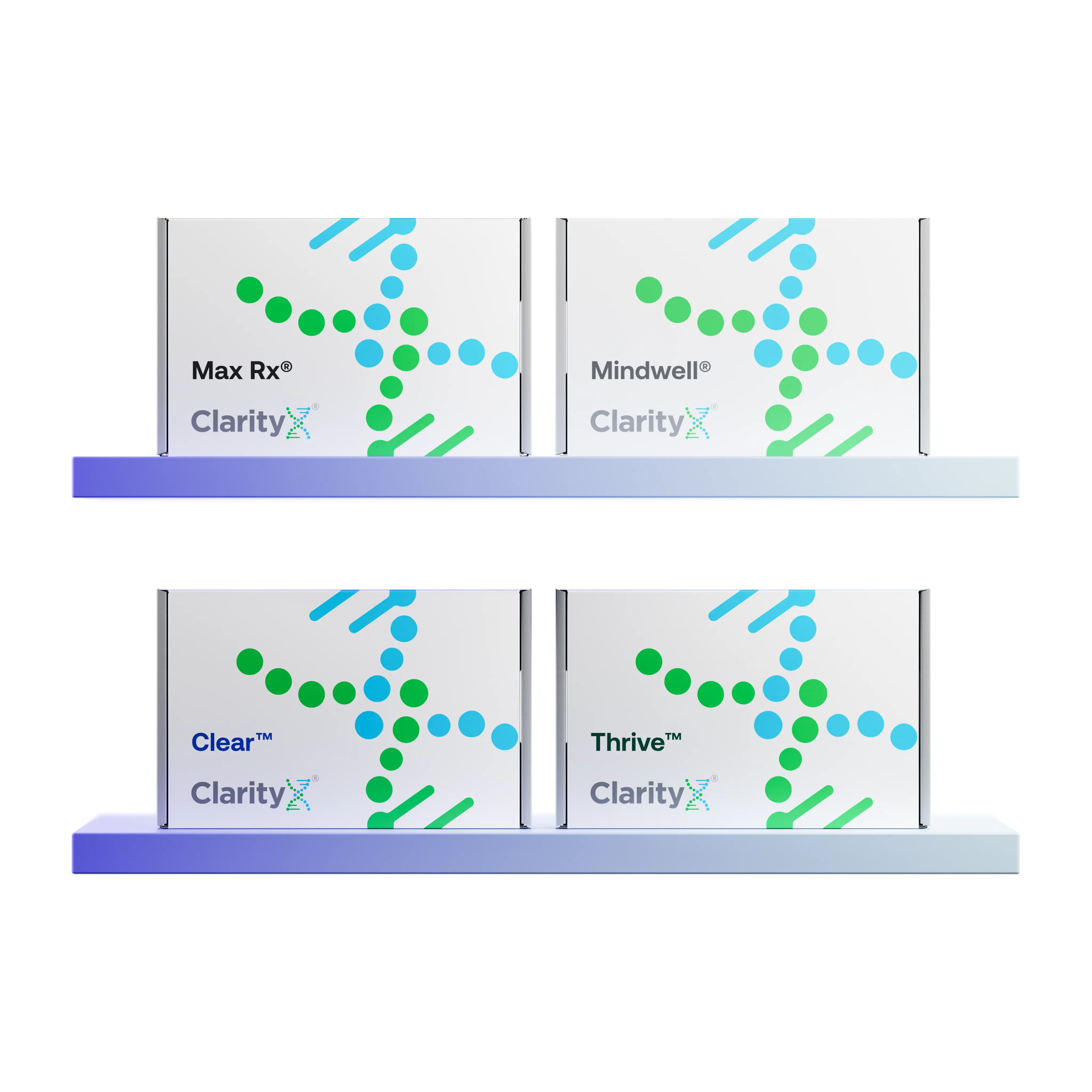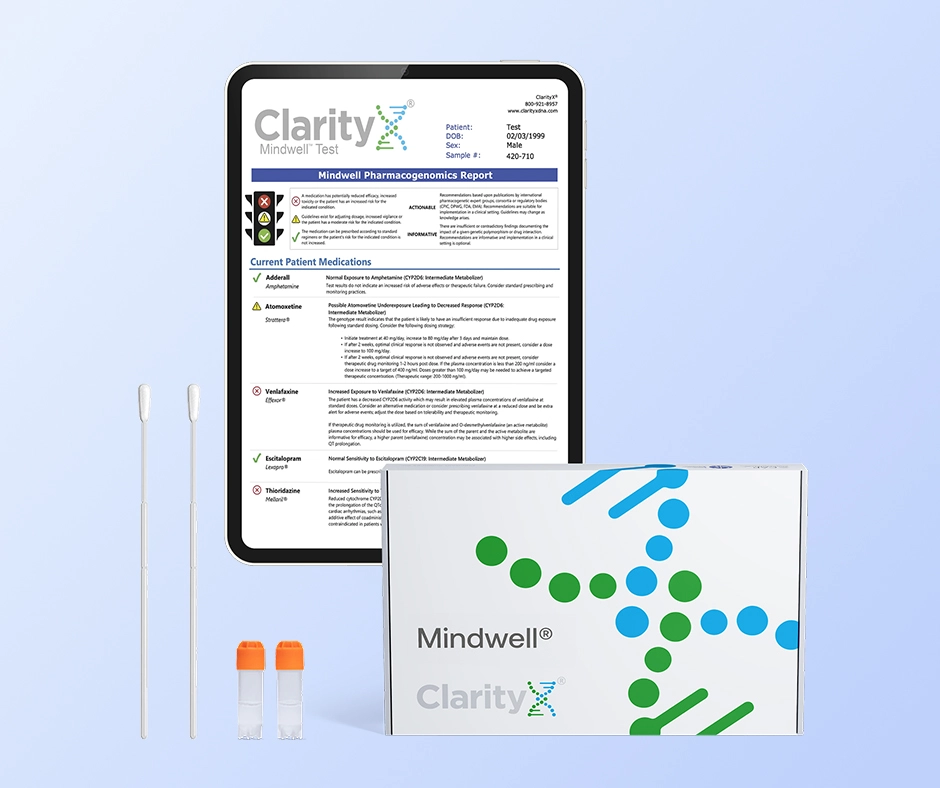Key Highlights
- Epigenetics explores how gene behavior changes without altering the underlying DNA sequence, impacting how our bodies read and utilize genetic information.
- Imagine it like this: if genes are the hardware, epigenetics is the software, dictating how those genes operate.
- The intricate world of epigenetics includes several key factors, including DNA methylation, histone modification, and the fascinating realm of non-coding RNAs.
- These epigenetic modifications are influenced by an array of factors, many of which are a part of our daily lives, including diet, stress levels, and exposure to environmental factors.
- Through a deeper understanding of epigenetics, scientists aim to unravel new pathways for treating diseases and improving human health.
Introduction
Epigenetics explores how gene expression can change without changing the actual DNA sequence. Previously, the focus was on studying genes directly, but this only provided us with part of the picture. Epigenetics explores how molecular pathways and other factors influence gene expression—essentially turning genes on or off. These changes in gene expression can be important for defining traits, including the likelihood of experiencing certain diseases.
Understanding Epigenetics
At its core, epigenetics shows us that our genes are not just fixed instructions. They are always reacting to signals from our body and the environment, helping them adjust their function to support many biological processes.
Consider this: your DNA sequence is like a big library filled with books of all your genetic information. Epigenetics is like a librarian. It decides which books should be accessed, influencing what information is read and how it is used.
The Concept and History of Epigenetics
Conrad Waddington first used the term epigenetics in the 1940s. At that time, it covered a wide range of ideas. It meant the study of all the small interactions that contribute to an organism's traits. As genetics developed, the focus began to change.
Over the years, evolutionary biologists have discovered the importance of changes in how genes work that do not change the DNA sequence. This led to a new definition of epigenetics, which highlights the lasting changes that can be passed down above the level of the genetic code.
Epigenetics shows us that our environment, lifestyle choices, and other outside factors can impact how our genes are expressed. These influences help shape who we are and can affect our health.
The Science Behind Epigenetics Explained
At the center of this topic is the idea that gene expression is more than just the DNA sequence. It involves the complex ways cells understand and respond to the information provided by DNA.
Epigenetics shows us that stable changes in gene activity can happen without changing the DNA itself. Think of it as putting sticky notes on your genetic code to point out which genes to activate or turn off.
Consider two identical twins who share the same DNA. Even with similar genetics, their life experiences—like what they eat, where they live, and how much stress they face—can create different epigenetic profiles. This can lead to minor or even major differences in their health and characteristics.
Key Mechanisms of Epigenetic Control
Scientists have found important factors that impact how genes and the environment work together. The primary factors are DNA methylation, histone modification, and variations of RNA.
These complex processes give the body fine control. They help make sure that the right genes turn on at the right times and in the right cells. They also help protect the structure of the genome.
DNA Methylation: An Overview
DNA methylation is a well-known change to the DNA that affects how genes behave. It happens when a methyl group, a small chemical tag, connects to certain spots on the DNA.
This often takes place at cytosine bases within CpG units, and it is known as cytosine methylation. These methylated cytosines can block other proteins and transcription factors needed to turn genes on.
DNA methylation, primarily facilitated by DNA methyltransferase, is a common type of epigenetic modification that is very important for turning off transposable elements, controlling the regulation of gene expression in normal cells during cell division, including the promoter region, and even helping cells to become different types during early development. What's interesting is that patterns of DNA methylation can change based on what we experience in our environment and lifestyle. They can also be passed down from our biological parents.
Find your perfect test
in just a few clicks
Our quiz matches you with the ClarityX® test that fits your health journey, personalized, simple, and clear.

Histone Modification and Its Role in Gene Regulation
Histone proteins play an important role in the complex process of DNA packaging. They work like spools holding the DNA strands, creating nucleosome structures.
Histone modification adds more detail to how genes are controlled. This process means adding or removing chemical groups, like acetyl or methyl groups, from the histone tail, which is the part that sticks out from the histone protein.
These modifications act like signs, guiding how tightly or loosely the DNA wraps around the histones, including histone variants, histone acetylation, and histone methylation. This affects how accessible the regions of the genome are and how they can be read in different tissues. For instance, when acetylation happens, it usually makes the DNA more relaxed, allowing gene expression. In contrast, certain types of methylation may tighten DNA, leading to gene silencing.
The Importance of RNA in Epigenetics
DNA and histones are important, but RNA, especially non-coding RNAs (ncRNAs), is also essential in determining how genes are controlled.
These RNA molecules are often seen as just helpers. However, they can actually change gene expression. They do this by targeting areas of DNA to add methyl groups, changing histone proteins, and interacting with the tools that help make genes active.
MicroRNAs (miRNAs) and Their Function
MicroRNAs, or miRNAs, are tiny RNA molecules that do not code for proteins. They are important for controlling gene activity after transcription. miRNAs can attach to certain mRNA molecules. This process can lead to the breakdown of the mRNA or stop the production of proteins.
MicroRNAs are involved in many biological activities, such as cell growth, development, and cell death. Recent studies have shown how important miRNAs are to these vital functions and how they relate to various diseases. By regulating gene expression, miRNAs are key players in the complex system of epigenetic mechanisms.
Long Non-Coding RNAs (lncRNAs) and Genetic Expression
Long non-coding RNAs, or lncRNAs, are important for gene expression. They help control biological processes without making proteins. LncRNAs interact with DNA, RNA, and proteins, impacting how cells work and grow. Recent studies show their crucial role in epigenetic mechanisms and link them to diseases like cancer and heart disease. By understanding how lncRNAs function, we can better grasp gene regulation and find possible treatments.
Epigenetic Changes and Human Health
Understanding how epigenetic modifications work and relate to human health is very important. When epigenetic mechanisms are not working properly, it can be caused by the environment or lifestyle choices in addition to genes. This problem has been connected to many complex diseases.
For example, in cancer, DNA methylation patterns can turn off tumor suppressor genes, leading to uncontrolled cell growth. Changes in histone modifications have also been linked to issues like neurodevelopmental disorders and heart disease.
Epigenetics in Disease and Medicine
The field of epigenetics has revolutionized our understanding of disease development and progression. Recognizing that genes do not solely define our destiny and that environmental factors can mold our epigenome opens up new avenues for potential therapeutic interventions.
One of the intriguing aspects of epigenetics is the concept of epigenetic inheritance. While most epigenetic marks are reset during embryonic development, some can be passed down from one generation to the next as part of normal development.
This suggests that environmental exposures or parents’ lifestyle choices could potentially influence their children's health and even future generations. Researchers are actively exploring the implications of epigenetic inheritance for public health and disease prevention strategies.
The Impact of Lifestyle on Epigenetic Factors
Our genetic code mostly stays the same, but our epigenome can change throughout our lives. The epigenome holds epigenetic marks that show how much our surroundings and lifestyle can affect our health.
Things like diet, exercise, stress, toxins, and social life can change our epigenome and alter how our genes work. These changes could be reversible but might also affect our health for a long time.
Learning how lifestyle impacts epigenetic factors has helped create new public health programs. These programs aim to encourage healthy habits that can improve epigenetic factors and lessen the risk of disease.
Conclusion
The study of epigenetics helps us understand the complex mechanisms that control gene expression and how our DNA is used. Epigenetic modifications are very important for our health, diseases, and how traits are passed down.
Studies continue to explore how lifestyle choices influence DNA methylation, histone changes, and RNA interference. Epigenetics connects genetics with the environment, giving us useful knowledge about personalized medicine and ways to prevent diseases. Studying this field improves our scientific understanding and may lead to more targeted treatments and better health.
If you want to learn more about epigenetics, check out our frequently asked questions or visit us https://clarityxdna.com/products/thrive for more information.
Frequently Asked Questions
What is an example of an epigenetic change?
An example of an epigenetic change is how a muscle cell differs from a brain cell. Both cells have the same DNA, but they look and work differently because of specific epigenetic modifications. These modifications help each cell express different genes and perform different functions.
How does diet affect epigenetics?
Dietary nutrients can affect our epigenetic systems. They serve as important methyl donors or change how enzymes work. These nutrients can also influence histone proteins, affecting how genes are expressed.
Can epigenetic changes be inherited?
The extent of epigenetic inheritance's effects is not as clear as genetic inheritance. Still, studies suggest that some epigenetic changes might be passed from one generation to the next. For example, identical twins have the same genes but often show differences in disease risk and other traits.
How do epigenetics influence disease risk?
Disease risk is often affected by how genetics and the environment work together. Changes in gene activity, caused by what we are exposed to in our environment or our lifestyle choices, can disturb normal gene expression. This can lead to health issues, like different types of cancer, heart disease, and diabetes.
Resources
https://pmc.ncbi.nlm.nih.gov/articles/PMC7785612/
https://www.nature.com/articles/s41586-019-1411-0
https://pmc.ncbi.nlm.nih.gov/articles/PMC4439868/
https://humgenomics.biomedcentral.com/articles/10.1186/s40246-023-00554-9
https://web.stanford.edu/class/cs273a/papers.spr07/10/epigenetics.pdf
https://www.eurekaselect.com/article/87631
https://journals.biologists.com/jeb/article/218/6/816/14495/Conrad-Waddington-and-the-origin-of-epigenetics
https://pmc.ncbi.nlm.nih.gov/articles/PMC6147084/
https://pmc.ncbi.nlm.nih.gov/articles/PMC8975094/
https://onlinelibrary.wiley.com/doi/10.1002/jcp.27486
https://pmc.ncbi.nlm.nih.gov/articles/PMC10213152/
https://pubmed.ncbi.nlm.nih.gov/37762106/
https://www.nature.com/articles/npp2012112
https://www.rnasociety.org/what-is-rna




